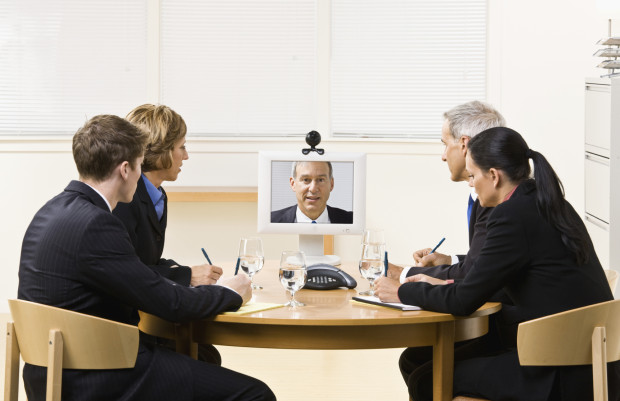
Revitalize Your Non-Profit Board Meetings
We have all seen it before. You attend a board meeting and when the whole thing is over, you feel as you have lost an hour or two, or maybe more, of your life. Somehow the board lost sight of the agenda and went way off topic, someone commandeered the meeting (as usual) and when it was all over it felt as if everyone had gone twelve rounds in a boxing ring or the ever ubiquitous cell phones were at the ready by attendees continually checking to see the latest email or text.
Board meetings are an opportunity to spur healthy debate for an organization and they are a necessary component of having a transparent and accountable non-profit. So, how can you re-invigorate and re-energize your board meetings so they are consistently productive?
• Set meeting ground rules that include the following: the meeting will start and end on time, request smartphones be turned off for the duration of the meeting and ask participants to be concise with their remarks.
• Schedule board meetings for one hour to no more than one hour and a half. Be prepared! Send the agenda (with time allocations for each item) and all supporting material at least seven days in advance for board member review in advance of the meeting. Respect other’s busy schedules.
• Do all homework in advance. Reach out to board members prior to meetings and elicit their input and support. The actual board meeting should not be the first time participants should be hearing about important voting matters or issues.
• Find opportunities at every board meeting to celebrate individual board member successes, as well as the board as a whole. They are the ambassadors for the organization.
• Allow recipients of the organization’s services to speak to the board at the opening of the meeting about how their lives have been impacted by the work of the board and organization.
• Always provide an opportunity for the executive director to provide an update on relevant issues, but also allow time for the board to productively ask questions.
• Every board has its one naysayer. Instead of allowing this individual to continually dominate meetings, make sure to meet with this individual prior to every board meeting. This allows the individual to express his/her views and feel they have been heard. Listen attentively.
• If necessary, use aids to keep to the time. For example, have a white board at the ready to note ideas that were not on the agenda but will be looked at in the future. After the meeting, do the follow-up work.
• In order to keep people engaged, they need to participate. Make sure everyone has an opportunity to speak and not simply the loudest voice in the room.
• If need be, invite an external facilitator for a period of time to run a couple of your meetings until the new norms have been set toward a productive meeting. Sometimes an outsider will be just the trick to helping eliminate bad meeting habits.


